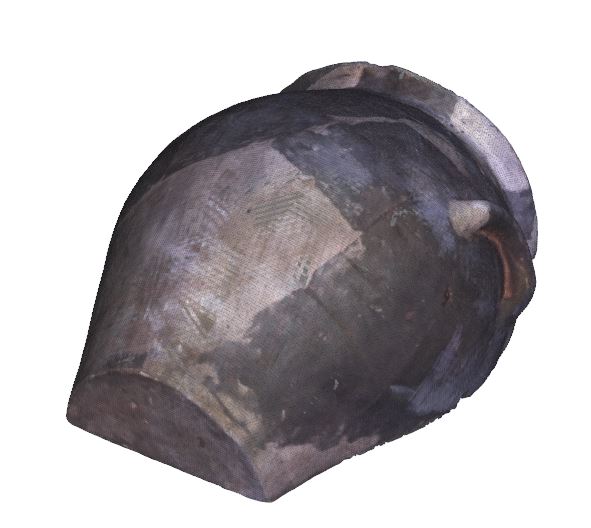Database
Krater
|
Title
Krater |
|
Description
The vase has a bellied body, wide mouth, slightly flaring rim and a narrow flat bottom. It features two horizontally placed handles, attached to the body of the vessel. It is a fine vessel, with multiple possible uses, such as bringing food to the table, but also for occasionally storing various products (a krater full of burned grains was discovered in a building added to the “red rampart” from Costeşti-Cetăţuie). Inspired from the Greek ceramic repertoire, where it was used for mixing wine with water, it was adapted by the Dacians to their own tastes and customs. Find spot: Grădiştea de Munte – Meleia (Hunedoara county) Dimensions: height - 33,5 cm; rim diameter - 24,5 cm; maximum diameter - 28,1 cm; base diameter - 15,5 cm Material: clay, fine grey paste, slip Technique: wheel-thrown, reduction firing |
|
Geographic coverage
Latitude:45° 35' 34"N; Longitude: 23° 21' 24"E |
|
Historical Date
1st Century AD |
|
Time Period
Late Iron Age (Dacian) |
|
ID
V 41032 |
|
Scan Type
3D |
|
Scan Format
3DPDF |
|
Digitization Method
|
|
Language
Romanian |
|
Rights
CC BY-NC-ND |
|
Source
National Museum of Transylvanian History, Cluj-Napoca |
|
Data Provider
National Museum of Transylvanian History, Cluj-Napoca |
|
Provider
Romania |














